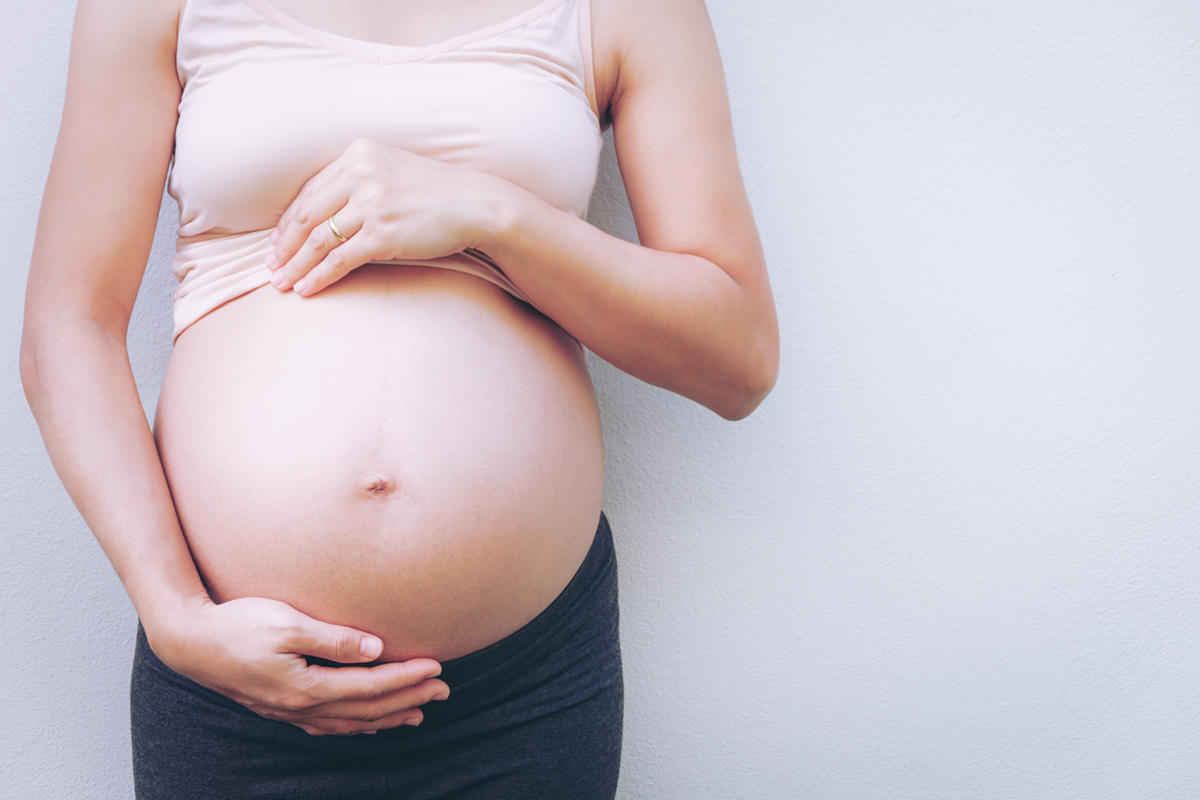The black hole in the British tabloid press left after the marriage of Prince William and Kate Middleton has been filled by the news that the princess is pregnant. The announcement of the birth, however, was forced by Princess Kate's hospitalization for a potentially deadly complication of the first trimester of pregnancy, hyperemesis gravidarum.

What Is Hyperemesis Gravidarum?
Hyperemesis gravidarum (hy-per-e-ME-sis grav-i-DA-rum) is sometimes called “morning sickness on steroids.” For the 1 to 2% of women who suffer it through the first and second trimesters and sometimes even the full term of their pregnancies, however, hyperemesis is far more serious than the much more common morning sickness.
Emesis refers to vomiting, and hyperemesis refers to frequent and voluminous vomiting. The term “gravidarum” refers pregnancy. Women who develop hyperemesis gravidarum suffer frequent and voluminous vomiting during pregnancy.
These unfortunate few expectant mothers may vomit morning, noon, and night, unable to hold down food at all. They may become dehydrated, and even if they are able to get enough fluids, they quickly become malnourished. Hyperemsis can result not just in severe discomfort, but even in miscarriage and the death of the mother.
How Hyperemesis Gravidarum Differs from Morning Sickness
Morning sickness is unpleasant but ultimately beneficial to the baby. Many of the chemicals that give food flavor are alkaloids that can damage the embryo's DNA. The piperine in pepper, the vanillin in vanilla, and even the caffeine in coffee and tea could, in extremely high doses, damage the developing child's genetic material and potentially cause birth defects.
To prevent genetic damage, a woman's body rejects foods that contain alkaloids. Since these are most of the “tasty” foods adults crave, pregnant women tend to get sick on normal diets, and tend to crave crazy combinations of foods, like pickles and ice cream, that stimulate the taste buds but don't contain chemicals a woman's body knows could harm the child. In most women, this protective mechanism turns itself off when the embryo has matured into a fetus less susceptible to genetic damage.
Not Just the Stomach
In hyperemesis gravidarum, a different process is at work. Early in pregnancy a woman's body makes large amounts of human chorionic gonadotrophin (hCG), the same hormone employed by diet doctors to accelerate weight loss. Too much hCG damages the thyroid gland, making the expectant mother's entire metabolism hyperactive. The nerves that serve as a pacemaker for the digestive tract also become hyperactive. As the mother starves, her body breaks down fat that "clogs" the liver.
Women whose bodies produce high levels of estrogen are at increased risk for hyperemesis gravidarum, as are women who have bad reactions to high-estrogen birth control pills.
Natural Cures For Hyperemesis Gravidarum Don't Work
Morning sickness is a condition for which there are useful home remedies. The old recommendation just to drink a glass of ginger ale (with or without sugar) turns out to have a good scientific foundation. So is the advice pregnant women are likely to get from the purveyors of nutritional supplements, to take ginger capsules and vitamin B6. Ginger capsules, clinical trials tell us, prevent vomiting (but not nausea), and vitamin B6 prevents nausea (but not vomiting).

Women who have run of the mill morning sickness will also be advised to eat small meals more frequently, to drink fluids to stay hydrated, to load up on carbohydrates, especially crackers, and to avoid strong tastes and smells.
Even the hint of potentially harmful foods laden with pepper or spices may be enough for the brain to send signals to the digestive tract that cause nausea and vomiting in pregnancy, so women who have morning sickness need to stay out of the kitchen.
But for women who need hyperemesis gravidarum treatment, home remedies are never enough.
Hyperemesis Gravidarum Usually Requires Medical Intervention
At some point during pregnancy, women who have full-blown hyperemesis gravidarum are likely to need to be admitted to the hospital. They may need intravenous (IV) fluids to fight dehydration. They may suffer low potassium levels that can only be relieved by IV. They may even need parenteral nutrition, getting their nutrients through an IV.
For reasons researchers simply do not understand, the women who are most likely to need in-hospital treatment are also those women who can get it most easily. Women in executive positions, such as the Princess, women with home and work responsibilities, and women of higher socioeconomic status for some reason get objectively sicker. But women with limited resources undergoing financial stress who develop the condition are far more likely to lose their babies or to die.
Women who can't hold food down may have to receive parenteral (intravenous) nutrition in lieu of food. And a variety of medications to fight nausea and vomiting, in addition to ginger and vitamin B6, are usually essential to bring the worst symptoms of the condition back under control.
Fortunately, Hyperemesis Gravidarum Is Almost Always Treatable
The good news about hyperemesis gravidarum is that it is usually treatable. Once a common killer of mothers and unborns alike, nowadays this complication of pregnancy is almost always successfully treated. Up to 100,000 women every year in the US and UK alone suffer hyperemesis gravidarum, but almost all are able to bring their babies to term.
The important thing to remember is that early intervention is key. Just as Princess Kate sought in-hospital medical care even before her pregnancy was announced, every other keenly awaited birth deserves the best of care at the earlier possible time.
- Lacroix R, Eason E, Melzack R. Nausea and vomiting during pregnancy: A prospective study of its frequency, intensity, and patterns of change. Am J Obstet Gynecol. Apr 2000. 182(4):931-7
- NS, Li CY, Rogers MS. Are thyroid hormones or hCG responsible for hyperemesis gravidarum? A matched paired study in pregnant Chinese women. Acta Obstet Gynecol Scand. Jun 2001. 80(6):519-24.
- Photo courtesy of Tom Soper on Flickr: www.flickr.com/photos/tomsoperphotography/7984330818
- Photo courtesy of tvanardenne on Flickr: www.flickr.com/photos/tvanardenne/5777731993/

